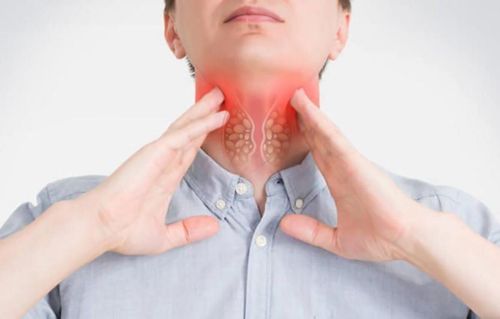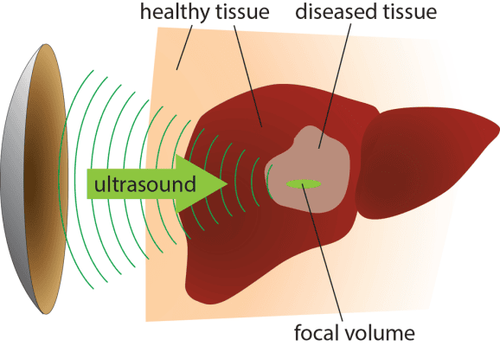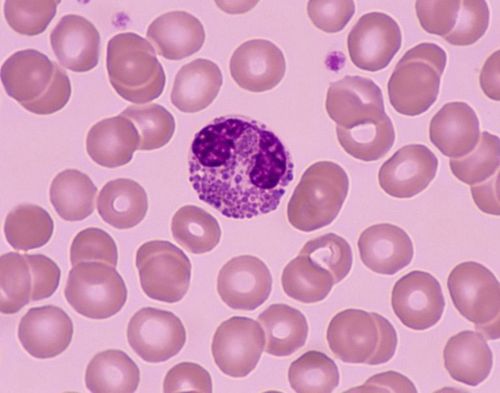This is an automatically translated article.
Esophageal resection is a complex surgery. Patients with esophageal perforation, esophageal trauma are the subjects that need to be applied this method.1. Overview
Esophagectomy is a difficult surgery, used to remove some damaged esophagus, then put one end of the esophagus outside to wait for reconstruction later by connecting with an organ. other, usually the stomach.Esophageal extubation is a common treatment for esophageal perforation, complicated esophageal trauma, and esophageal atrophy.
2. Why is the esophagectomy necessary?
Unlike esophagectomy, which is the main surgical treatment for esophageal cancer, esophagectomy is the method of choice for patients with esophageal lesions that cannot be sutured. The damaged areas are too complicated, there is a risk of infection causing the anastomosis to be cut and removed before suturing.In esophagectomy, the surgeon removes part of the esophagus through an incision in the neck, chest, or abdomen. These are also the 3 corresponding positions that bring the esophagus out to the skin.
In many cases, esophagectomy is performed using open incisions.
3. Risks and complications of esophagectomy
Similar to other invasive treatments, esophagectomy carries a risk of complications, which may include:Postoperative bleeding Infection at the site or surrounding tissues Coughing irritation Leaking fluid from the surgical site Drops of the catheter Voice changes Acid or bile reflux Nausea, vomiting, or diarrhea Respiratory complications, such as pneumonia Atrial fibrillation, Death
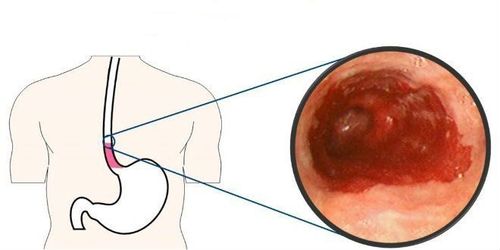
Đưa thực quản ra ngoài là một loại phẫu thuật phức tạp
4. What should the patient prepare before surgery to take the esophagus out?
Usually, the doctor will meet and discuss concerns the patient may have about his or her surgery. In the event of emergency surgery due to an esophageal injury or perforation, the doctor may choose to consult a family member to make a quick treatment option. The information given includes advice on how to perform esophagectomy, expected time, some risks, possible complications related to surgery, anesthesia, analgesia and Post-operative care, risk to the patient if surgery is not performed.If you have chronic diseases, the doctor can balance the disorders, improve your physical condition to ensure that you can afford surgery.
The patient was performed surgery to bring the esophagus out under anesthesia. Therefore, if the surgery is planned in advance, the patient will be instructed to fast before surgery. Endotracheal anesthesia is the common method of choice.
Food and medicine
Talk to your doctor about:
When you can take your usual medicines and if you can take them before surgery. This is especially important if you are taking any anticoagulant medicines, as some of these drugs need to be stopped a few days before scheduled surgery. When should you stop eating or drinking the night before surgery? In some cases, taking nutritional supplements and changing to a liquid diet two to three days before surgery will help empty the esophagus and facilitate esophagectomy. Clothing and personal items
Doctors and nurses in the department may recommend that you bring a number of items to the hospital including:
List of medications you are taking Personal care items , such as a toothbrush, eyeglasses, or hearing aid Loyalty, comfortable clothing, or a gown Items that can help you relax, such as portable music players with headphones or books extra precautions
Talk to your doctor about:
Any medications you brought to the hospital and when you should take them on the day of the procedure History of any allergies or anaphylactic reactions you have have been experiencing with medication Before being admitted to the hospital for surgery, talk to your family about your hospital stay and discuss the help you may need when you return home. Your healthcare provider can give you specific instructions to follow during your recovery when you return home.
5. How is the surgery to take the esophagus out?
Esophageal esophagectomy involves removing part of the damaged esophagus, inserting a tube into the lumen of the esophagus, closing the lower end, and bringing the upper end out. This is the general principle of surgery, however, depending on the position of access to the esophagus, people divide the surgery to bring the esophagus out into 3 groups: cervical esophago, thoracic and abdominal esophagectomy . How much of the esophagus is removed depends on the extent of the damage and its location.Surgery to bring out the esophagus is performed through open incisions:
In the neck, the surgeon will make a J-shaped skin incision at the anterior border of the left sternocleidomastoid muscle. In the chest, the incision is located on the right side, behind, corresponding to the 4-5 intercostal space. In the abdomen, the surgeon chooses to operate on the midline white line. The tube of choice for esophagectomy is the nelaton tube.
After skin incision, the esophagus is dissected from the surrounding tissues, identified and searched for the lesion site. The part of the esophagus that is released will be located higher than the injury site and put the nelaton tube inside. Cut the esophagus in half. The lower end is sewn closed, while the upper end is pulled out and sewn to the edge of the skin.
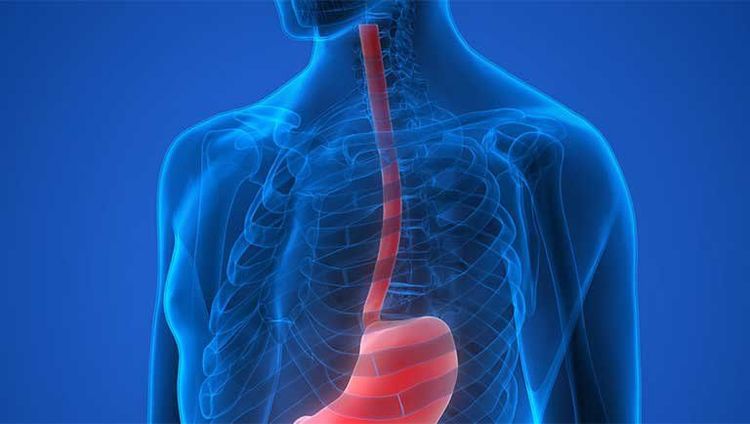
Đưa thực quản ra ngoài áp dụng cho tổn thương thực quản nhưng không khâu được
6. Follow-up after surgery to bring out the esophagus
Your doctor will likely recommend tube feeding (enteral nutrition) through a small tube placed through the abdomen connected to the small intestine. This type of feeding will be maintained for four to six weeks to ensure adequate nutrition for the patient during recovery.Patients can usually lose weight after surgery. However, most people report improved quality of life after esophagectomy, but some symptoms may continue. Surgical removal of the esophagus is a temporary measure in cases of esophageal perforation or esophageal injury. Although it is not a complete cure, it supports digestive function when it is not possible to repair the injury, helping the patient maintain a stable health level. Esophageal extubation also gives the patient time to recover and prepare for suture surgery. 2.
Your doctor may recommend comprehensive follow-up care to prevent the following complications. surgery and help patients adjust their lifestyle. Follow-up care steps after surgery include:
Respiratory rehabilitation therapy to protect airways Nutritional assessment Psychosocial care if needed
Please dial HOTLINE for more information or register for an appointment HERE. Download MyVinmec app to make appointments faster and to manage your bookings easily.




